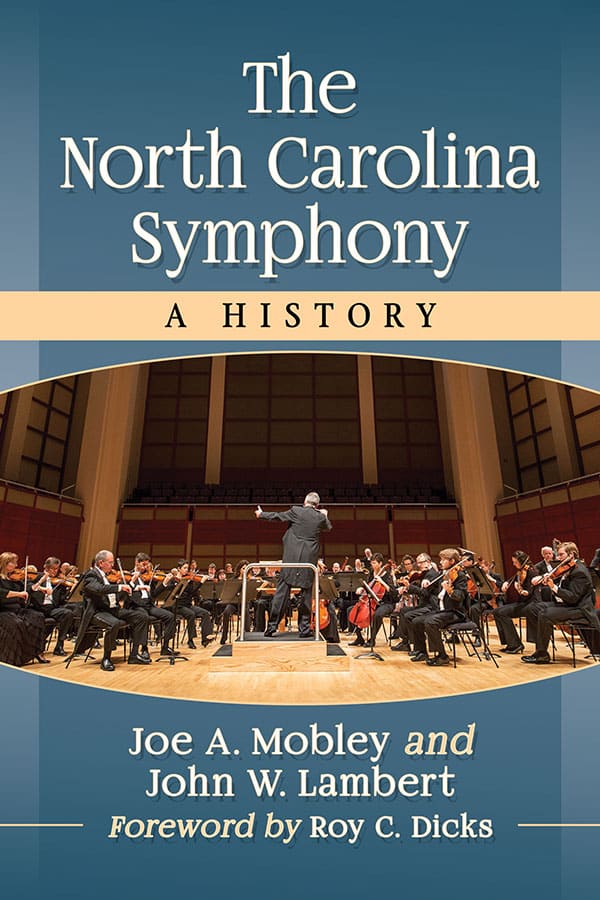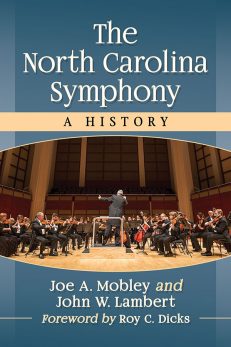The North Carolina Symphony
A History
Original price was: $29.95.$14.99Current price is: $14.99.
In stock
About the Book
From its beginnings during the Great Depression, the North Carolina Symphony has touched the lives of countless Tar Heels. One of the state’s premier cultural organizations and the oldest continuously state-supported orchestra in the nation, the “Suitcase Symphony” grew from a small group of volunteer players to the world-class orchestra it is today.
This book details the contributions of founder Lamar Stringfield, longtime conductor Benjamin Swalin and his wife, Maxine, current music director Grant Llewellyn, and other leaders of this iconic institution. The authors place the symphony’s story for the first time in the context of North Carolina’s cultural history and, in the process, reveal much about the musical traditions of the “Sahara of the Bozart” and about the trials and triumphs of maintaining a state symphony orchestra.
About the Author(s)
Bibliographic Details
Joe A. Mobley and John W. Lambert
Format: softcover (6 x 9)
Pages: 234
Bibliographic Info: 39 photos, notes, bibliography, index
Copyright Date: 2019
pISBN: 978-1-4766-7062-1
eISBN: 978-1-4766-3601-6
Imprint: McFarland
Table of Contents
Foreword by Roy C. Dicks 1
Preface 5
Introduction 7
1 Classical Music from “Poor Carolina” to “The Sahara of the Bozart” 11
2 Lamar Stringfield, the New Deal, and the Founding of the Orchestra 37
3 The Swalins and the Orchestra’s Renaissance 62
4 On the Road with the “Suitcase Symphony” 88
5 A New Image 118
6 Rancor and Recovery 148
7 In the Limelight 183
Chapter Notes 197
Selected Bibliography 215
Index 221
Book Reviews & Awards
• “Engaging and well-researched…valuable”—The North Carolina Historical Review
• “Very welcome [addition]…well-researched and well-written…an impressive bibliography”—ARSC Journal
• “The authors, with expansive research and great care, note where and when concerts were held, listing the music performed. They include very interesting biographical information about the internationally acclaimed artists who sang and played with the orchestra throughout the years. To have these details from myriad sources all under one cover is truly a gift to the state.”—Music Media Review
• “We get a vivid picture of how arid the soil truly was for planting a symphony in North Carolina when Stringfield originally floated his idea at UNC in 1930—and was regarded as “loony” by a local editor. Many juicy details are lavished upon the orchestra’s epic wanderings and travails as this history unfolds.”—Classical Voice North America






